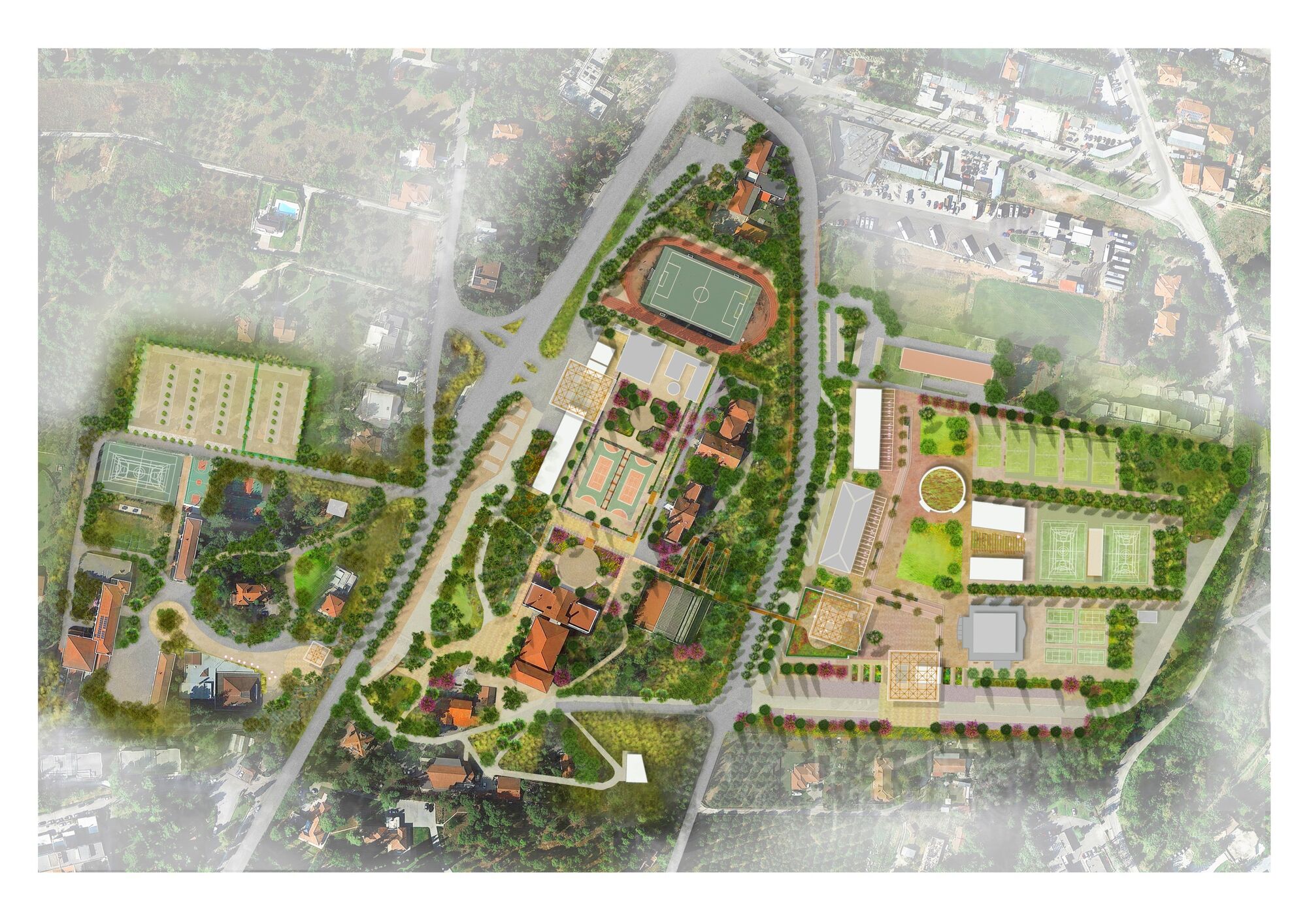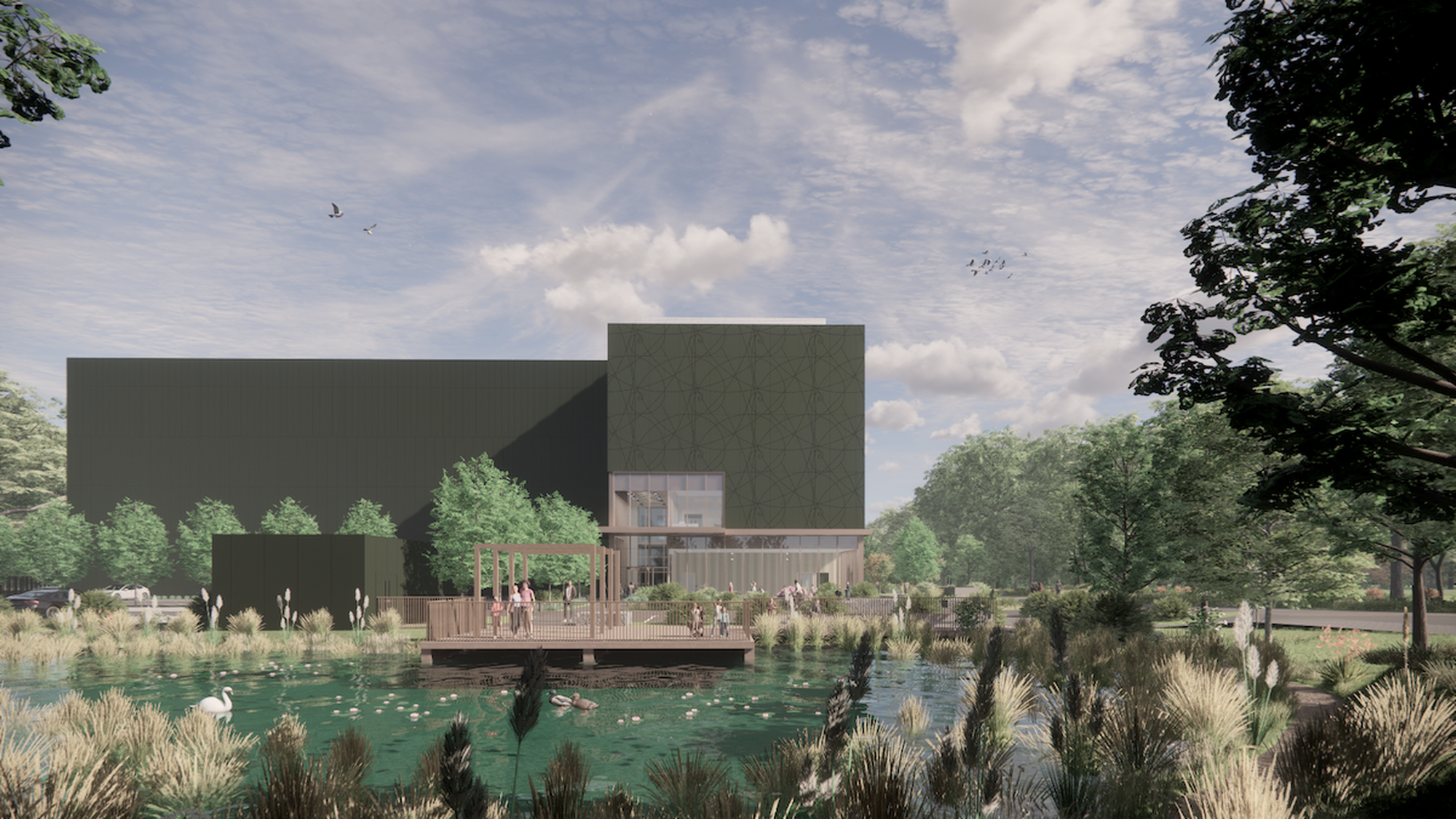

Pioneering Sustainable School Design in East Africa
Grant Associates is proud to have collaborated with local charity The Feilden Foundation in the development of a new East African School Design Guide, the draft of which was launched at the Conference on Sustainable School Design for East Africa in Uganda on 2-3 July 2024.
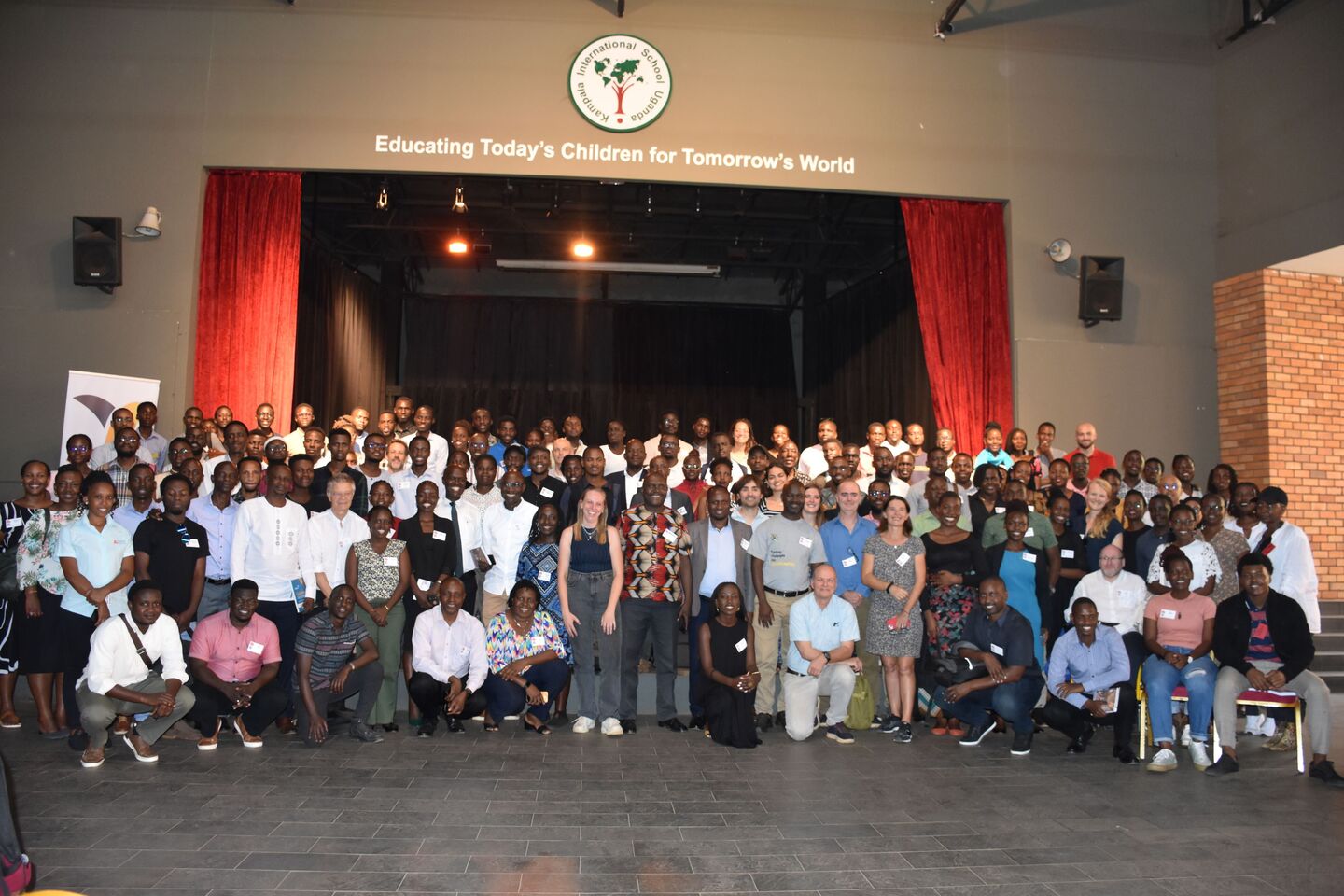
This comprehensive guide aims to revolutionise school design and construction in Uganda and Rwanda, setting a new standard for educational environments across the region.
Addressing Key Challenges
East Africa faces significant challenges in education, with an estimated 115 million school-age children, representing 55% of the total population. The demand for educational buildings is immense, with class sizes often exceeding 60 students and schools operating multiple sessions per day.
The new guide addresses crucial questions such as creating inclusive, forward-thinking educational environments, designing schools to mitigate climate change and biodiversity loss, and managing limited resources to minimise lifetime costs and maximise educational outcomes.
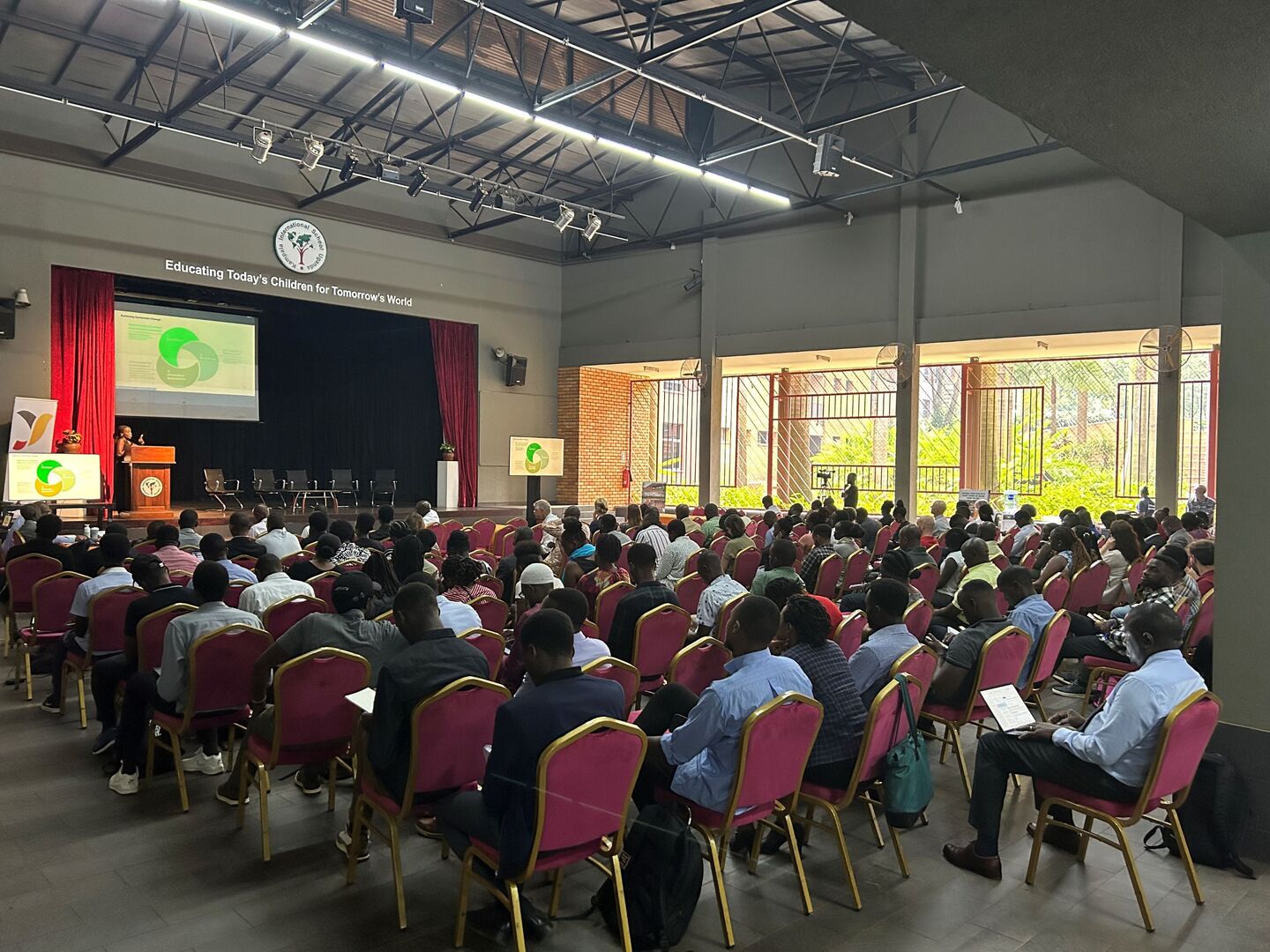
Collaborative Efforts
The East African Schools Design Guide is the result of a collaborative effort involving government departments, NGOs, academics, and local architectural practices. Its primary aim is to support architects, engineers, and designers in East Africa by sharing knowledge and best practices in school design and construction. The guide addresses key landscape design principles such as land characterisation, tree integration, food production, play areas, seating and shade, water management, slope stability, retaining walls, edge treatments, and accessibility.
Grant Associates’ Contribution
Grant Associates’ involvement in this project builds on our previous work on the Green City Kigali project. For the East African School Design Guide, Grant Associates contributed a detailed landscape chapter, offering best practice principles in various areas crucial for creating sustainable and functional school environments. Our team, led by Yasmin Alzadjally and Oliver McIlvenna, focused on integrating natural elements into school landscapes, ensuring they are not only educational spaces but also green, inclusive, and resilient to climate challenges.
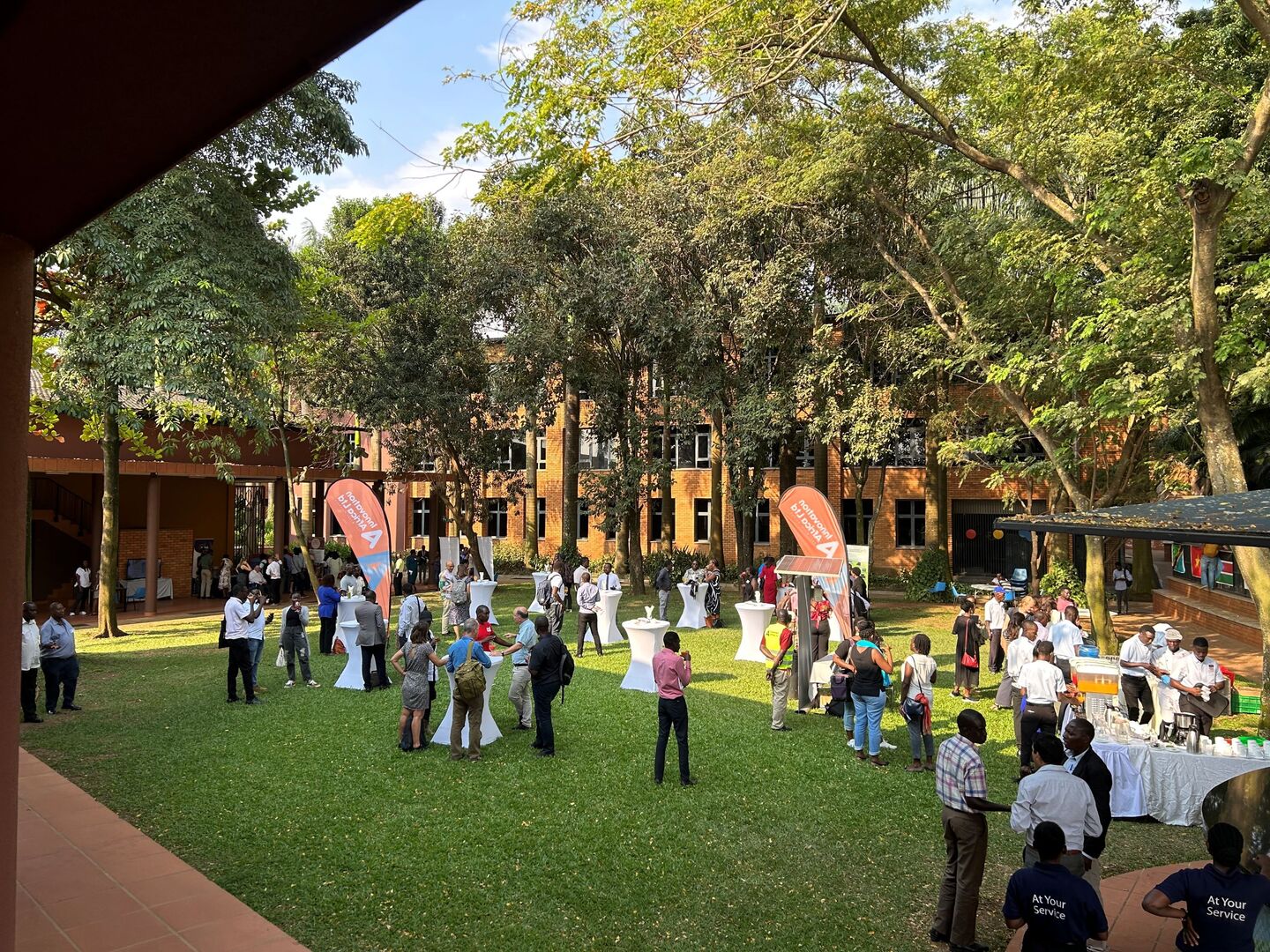
Support and Acknowledgements
The development of the guide has been supported by an array of experts and organisations. We extend our gratitude to Peter Clegg (Founding Partner at Feilden Clegg Bradley Studios & Chairman of the Trustees at the Feilden Foundation) for inviting us to be part of the team and Meg Collin, the principal researcher and coordinator. Thanks also go to our partners: Localworks Uganda’s Felix Holland, Feilden Foundation Uganda’s Paul Kimera, Buro Happold’s Neil Harvey, Storm Hayward, and Ethan Taylor. We also acknowledge the valuable contributions from the Ministries of Education in Rwanda and Uganda, ENABEL, PPEIAU Uganda, the University of Rwanda, and its final-year architecture students.
Future Outlook
The Draft launched at the Kampala International School in Uganda, the Conference on Sustainable School Design for East Africa covered a wide range of topics, including the current challenges in school design, outdoor learning spaces, green solutions, and innovations in teaching and learning. The introduction of the draft School Design Guide marked a significant milestone, with a tentative book launch scheduled for December 2024.
We are proud to be part of this transformative initiative, contributing to the creation of sustainable, inclusive, and climate-resilient schools in East Africa. We look forward to seeing the positive impact of the East African School Design Guide on future generations and the broader educational landscape in the region.
A full copy of the draft design guide can be downloaded here from the conference website.
